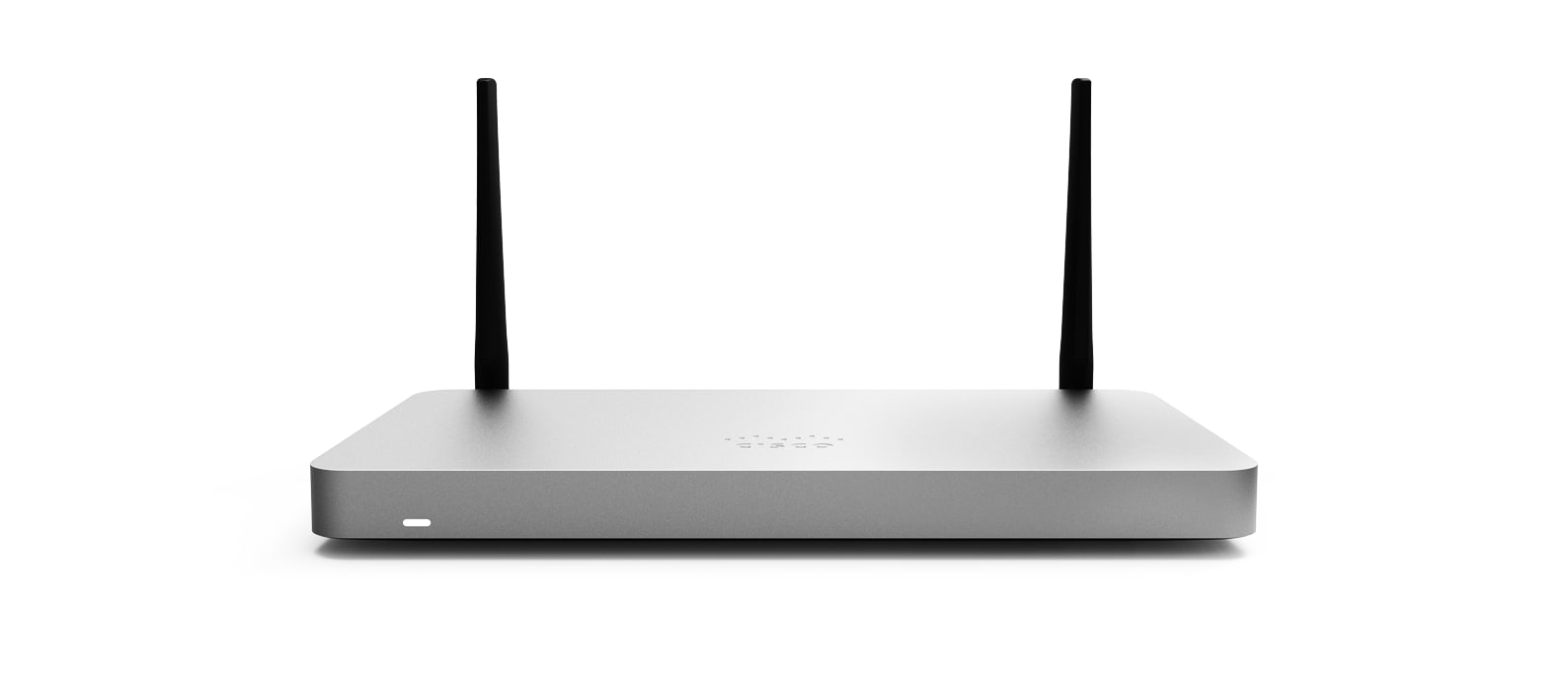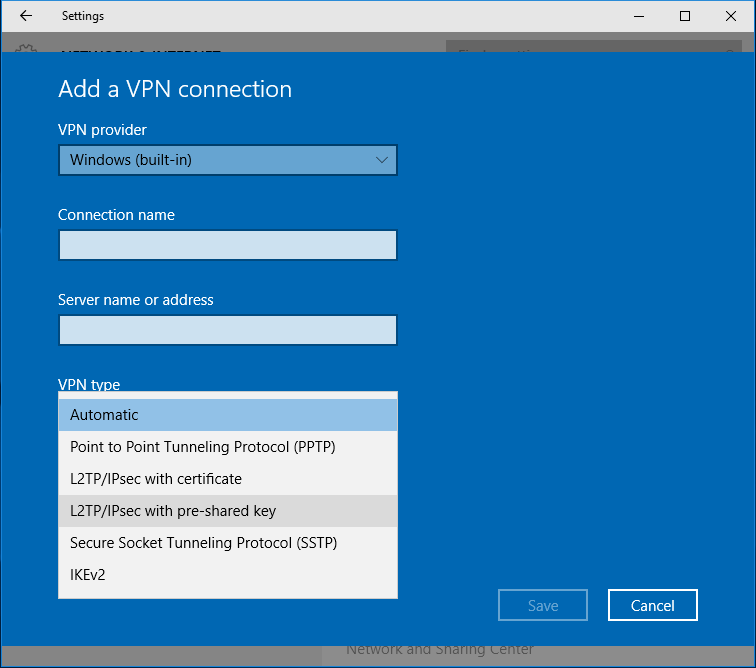We love the Cisco Meraki VPN at Telnexus. The MX security appliance is a powerful guardian and gateway between the wild Internet and your private Local Area Network (LAN). Here are the abbreviated instructions on how to connect your PC or Mac back to home base.
Meraki Documentation Link
For information on recommended maximum concurrent site-to-site and client VPN tunnels, visit MX Sizing Guide. 9 Cisco Systems Inc 500 Terr Francois lvd San Francisco C 94158 415 432-1000 sales@meraki.com. Client VPN Last updated; Save as PDF Most popular; Highest rated; Recently updated; Recently added; Allow remote users to securely access files and services on the network through an encrypted tunnel over the Internet. Re: Meraki MX Client VPN idle timeout If you deploy the client with PowerShell you can use the -IdleDisconnectSeconds parameter to set the idle timeout in the client connection settings. You can also set this in the VPN network adapter settings on the Options tab.
For complete instructions as well as instructions for other versions of Windows and MacOS as well as Linux, iOS and Android, please consult the official Meraki documentation:
VPN Credentials
You should receive the following bits of information from your administrator:
- IP address or hostname of your VPN server
- A “Preshared Key”
- Your username
- Your password
Windows 10 Meraki VPN Setup
Here are the basic steps:
- Go to Settings->Network->VPN
- Create a new L2TP/IPsec VPN
- Name it “My Company VPN”
- Enter the Server Address
- Enter the Preshared Key
- Enter your Username and Password
- Complete the new VPN wizard
- Select Adapter Options
- Right-click on your new VPN, select Properties
- Click on the Security tab, and then click “Allow these protocols”
- Under “Allow these protocols” make sure “Unsecured password (PAP)” is the only one checked
- Click OK to close the Properties box
- Right-click on the new VPN icon and select Connect
- Click Connect (again) in the Settings->Network->VPN window
For full documentation with screenshots please check the official Meraki documentation.
Meraki Client Vpn
MacOS Meraki VPN Setup
Here are the basic steps:
- Open System Preferences > Network from Mac applications menu. Click the “+” button to create a new service, then select VPN as the interface type, and choose L2TP over IPsec from the pull-down menu.
- Enter your server address in Server Address
- Enter your Meraki username in Username
- Click Authentication Settings
- Enter your Password in box the User Authentication section
- Enter your Preshared Key in the Shared Secret box
- Click OK to close the Authentical panel
- Click Apply to save your settings
- Click Connect to activate your VPN
For full documentation with screenshots, please check the official Meraki documentation.

Related Posts
Meraki Client Vpn Iphone
The VPN:
The Meraki client VPN uses the L2TP tunneling protocol and can be deployed on PC’s, Mac’s, Android, and iOS devices without additional software as these operating systems natively support L2TP.
The Encryption Method:
Along with the L2TP/IP protocol the Meraki client VPN employs the following encryption and hashing algorithms: 3DES and SHA1 for Phase1, AES128/3DES and SHA1 for Phase 2. Best practice dictated that the shared secret should not contain special characters at the beginning or end.
Enabling Client VPN:
Select Enabled from the Client VPN server pull-down menu on the Security Appliance -> Configure -> Client VPN page. You can then configure the following options:
- Client VPN Subnet: The subnet that will be used for Client VPN connections. This should be a private subnet that is not in use anywhere else in your network. The MX will be the default gatway on this subnet and will route traffic to and from this subnet.
- DNS Nameservers: The servers VPN Clients will use to resolve DNS hostnames. You can choose from Google Public DNS, OpenDNS, or specifying custom DNS servers by IP address.
- WINS: If you want your VPN clients to use WINS to resolve NetBIOS names, select Specify WINS Servers from the drop-down and enter the IP addresses of the desired WINS servers.
- Secret: The shared secret that will be used to establish the Client VPN connection.
- Authentication: How VPN Clients will be authenticated.
- Systems Manager Sentry VPN Security: Configuration settings for whether devices enrolled in systems manager should receive a configuration to connect to the Client VPN.
Authentication:
The VPN uses both pre-shared key based authentication and user authentication. To set up the user authentication mechanism, you will need to select your authentication method.
Meraki Cloud Authentication:
Use this option if you do not have an Active Directory or RADIUS server, or if you wish to manager your VPN users via the Meraki cloud. To add or remove users, the User Management section at the bottom of the page. Add a user by selecting “Add new user” and entering the following information:
- Name: Enter the user’s name
- Email: Enter the user’s email address
- Password: Enter a password for the user or select “Generate” to automatically generate a password
- Authorized: Select whether this user is authorized to use the Client VPN
Meraki Client Vpn Setup
In order to edit an existing user, click on the user under User Management section. To delete a user, click the X next to the user on the right side of the user list. When using Meraki hosted authentication, the user’s email address is the username that is used for authentication.
RADIUS:
Use this option to authenticate users on a RADIUS server. Click Add a RADIUSserver to configure the server(s) to use. You will need to enter the IP address of the RADIUS server, the port to be used for RADIUS communication, and the shared secret for the RADIUS server.

Active Directory:
Use this option if you want to authenticate your users with Active Directory domain credentials. You will need to provide the following information:
- Short Domain: The short name of your Active Directory domain.
- Server IP: The IP address of an Active Directory server on the MX LAN.
- Domain Admin: The domain administrator account the MX should use to query the server.
- Password: Password for the domain administrator account.
For example, considering the following scenario: You wish to authenticate users in the domain test.company.com using an Active Directory server with IP 172.16.1.10. Users normally log into the domain using the format ‘test/username’ and you have created a domain administrator account with the username ‘vpnadmin’ and the password ‘vpnpassword’.
- The Short domain would be ‘test’.
- The Server IP would be 172.16.1.10
- The Domain admin would be ‘vpnadmin’
- The Password would be ‘vpnpassword’.

At this time, the MX does not support mapping group policies via Active Directory for users connecting through the Client VPN.
Systems Manager Sentry VPN Security:
When using Meraki cloud authentication, Systems Manager Sentry VPN security can be configured. If your Dashboard organization contains one or more MDM networks. Systems Manager Sentry VPN security allows for your devices enrolled in Systems Manager to receive the configuration to connect to the Client VPN through the Systems Manager profile on the device.
To enable Systems Manager Sentry VPN security, choose Enabled from the Client VPN server pulldown menu on the Security Appliance -> Configure -> Client VPN page. You can configure the following options:
Meraki Vpn Client Install
- Install Scope: The install scope allows you to select a set of Systems Manager tags for a particular MDM network. Devices with these tags applied in a Systems Manager network will receive a configuration to connect to this network’s Client VPN server through their Systems Manager profile.
- Send All Traffic: Select whether all client traffic should be sent to the MX.
- Proxy: Whether a proxy should be used for this VPN connection. This can be set to automatic, manual, or disabled.
 Note:
Note:When using Systems Manager Sentry VPN security, the username and password used to connect to the client VPN are generated by the Meraki cloud. Usernames are generated based on a hash of unique identifier on the device and the username of that device. Passwords are randomly generated.
Was this article helpful?
Meraki Download Client
Related Articles
